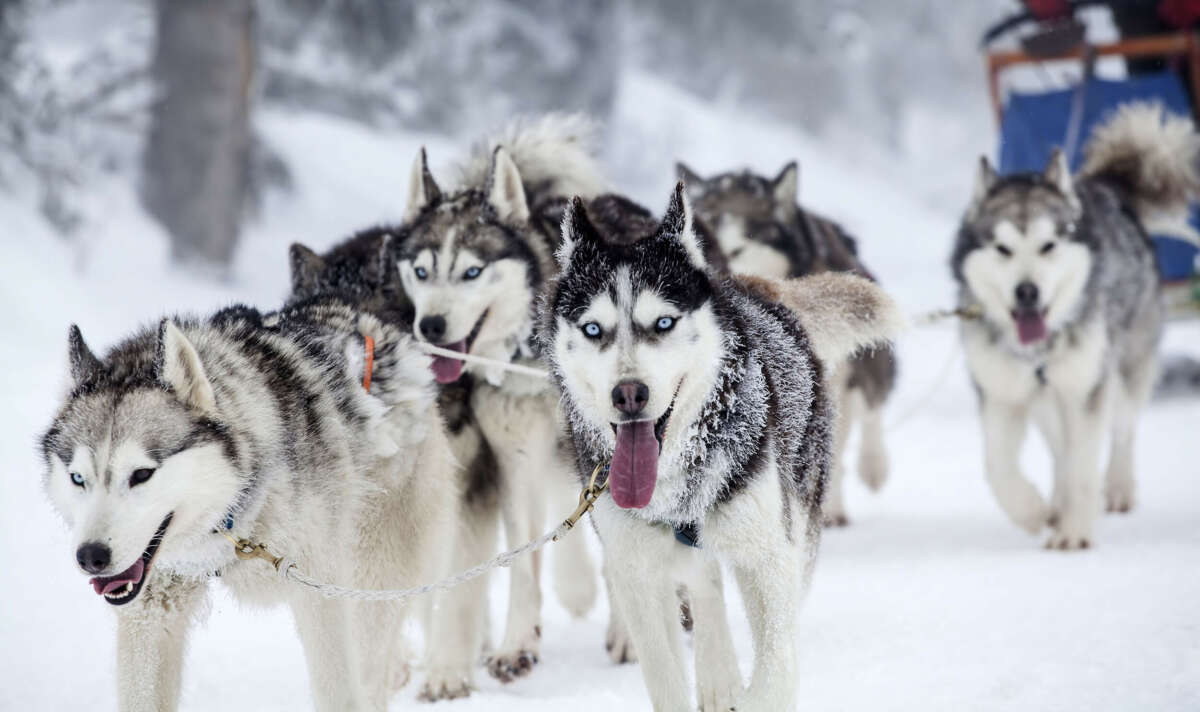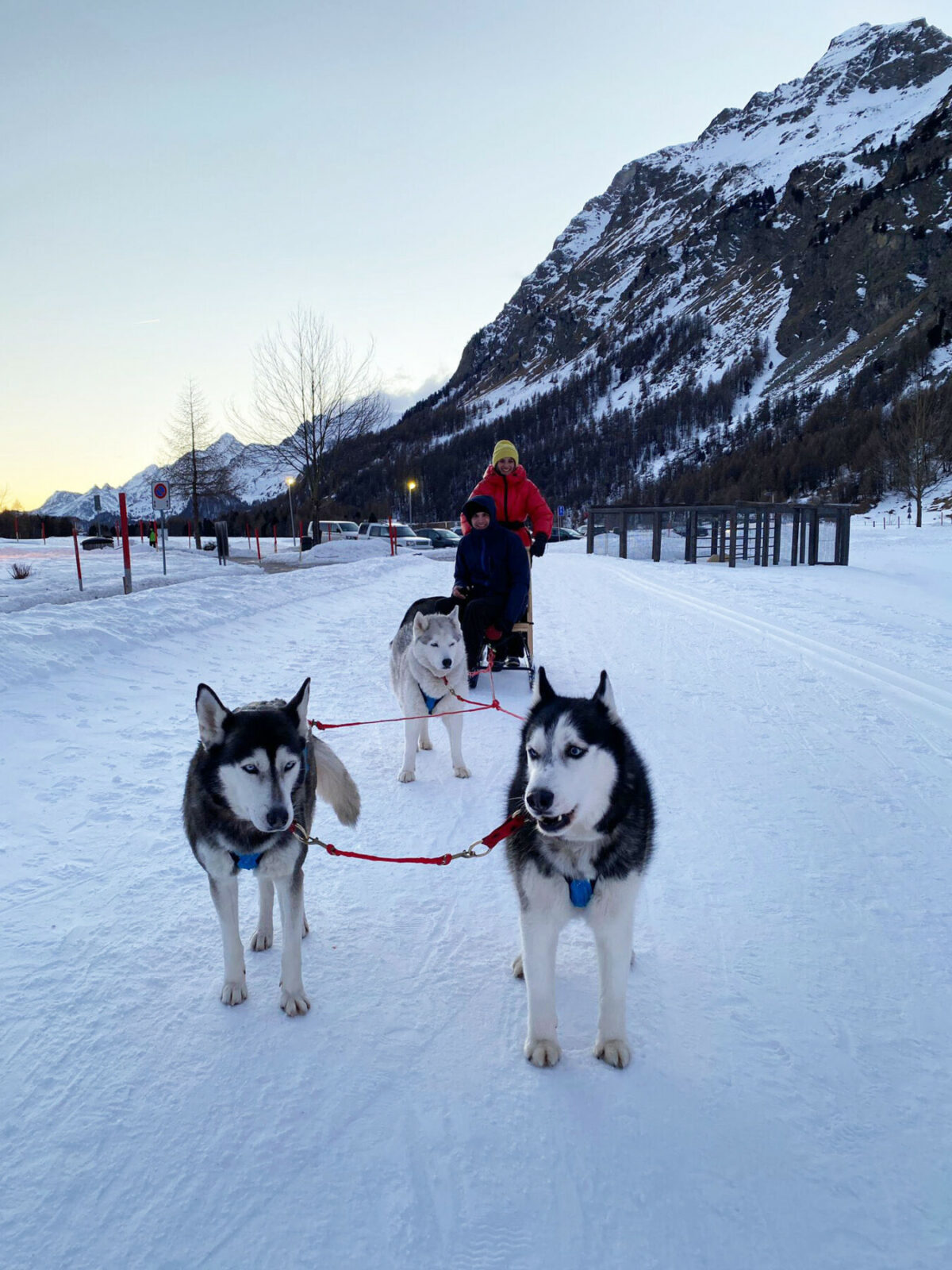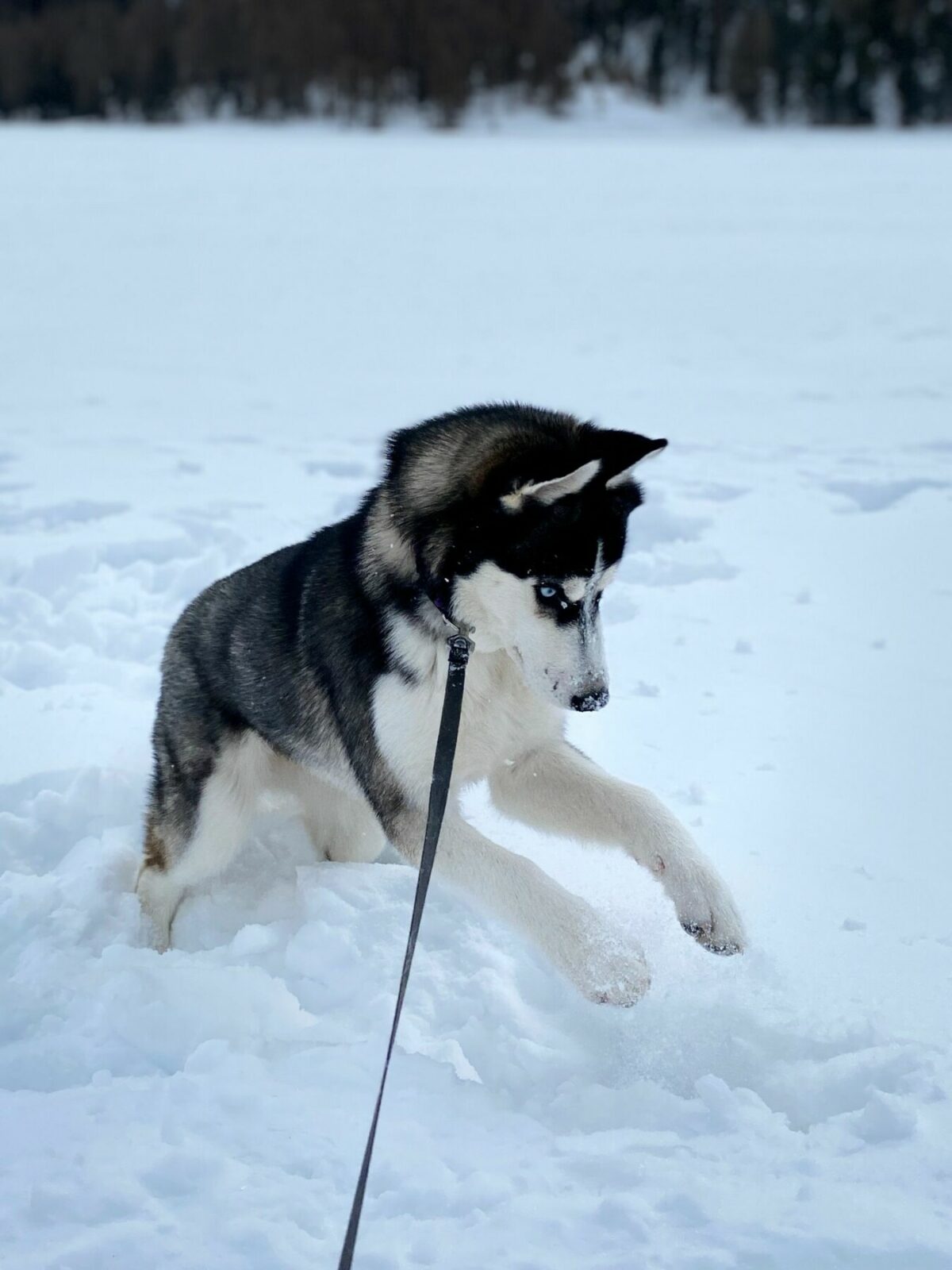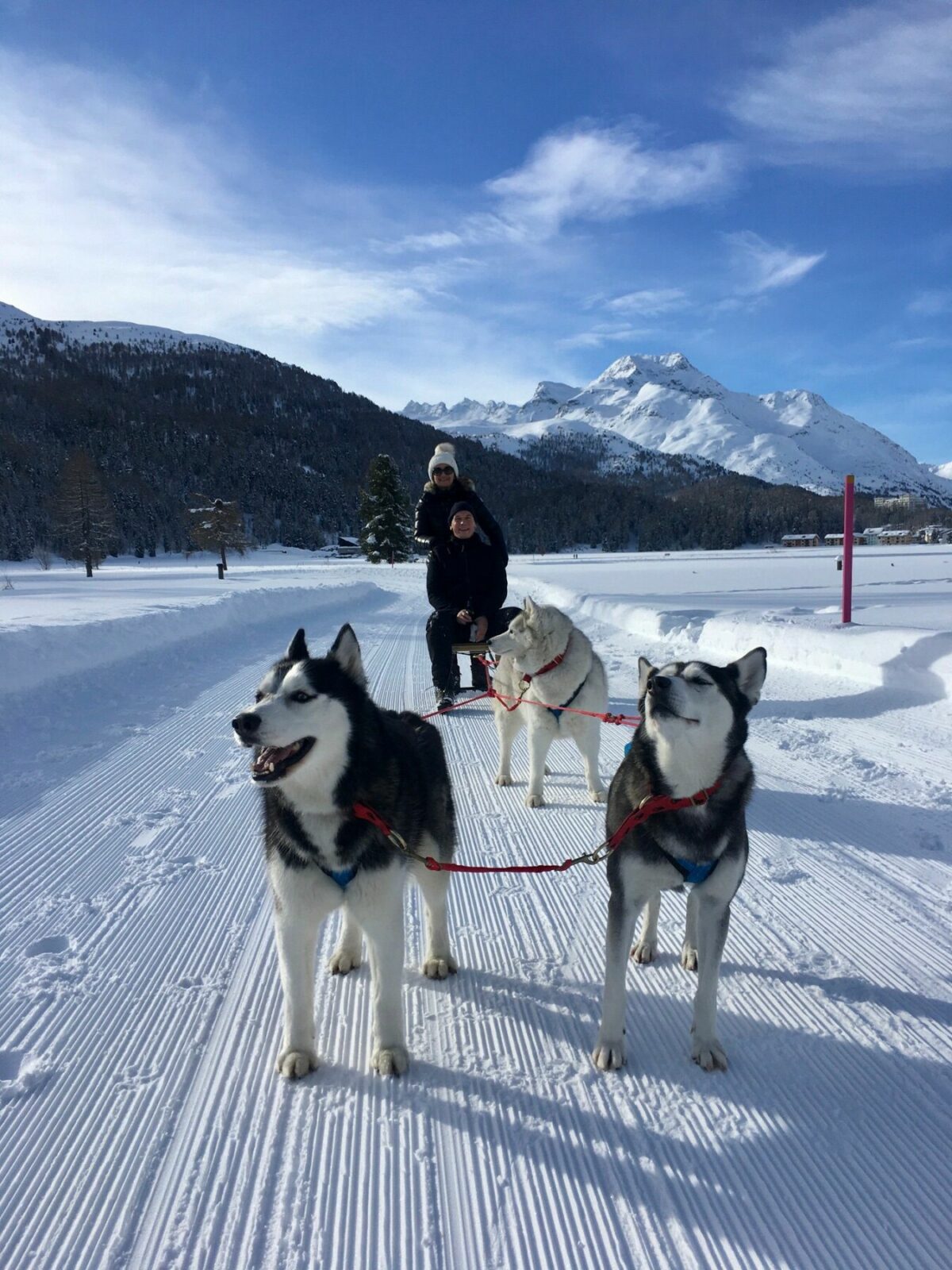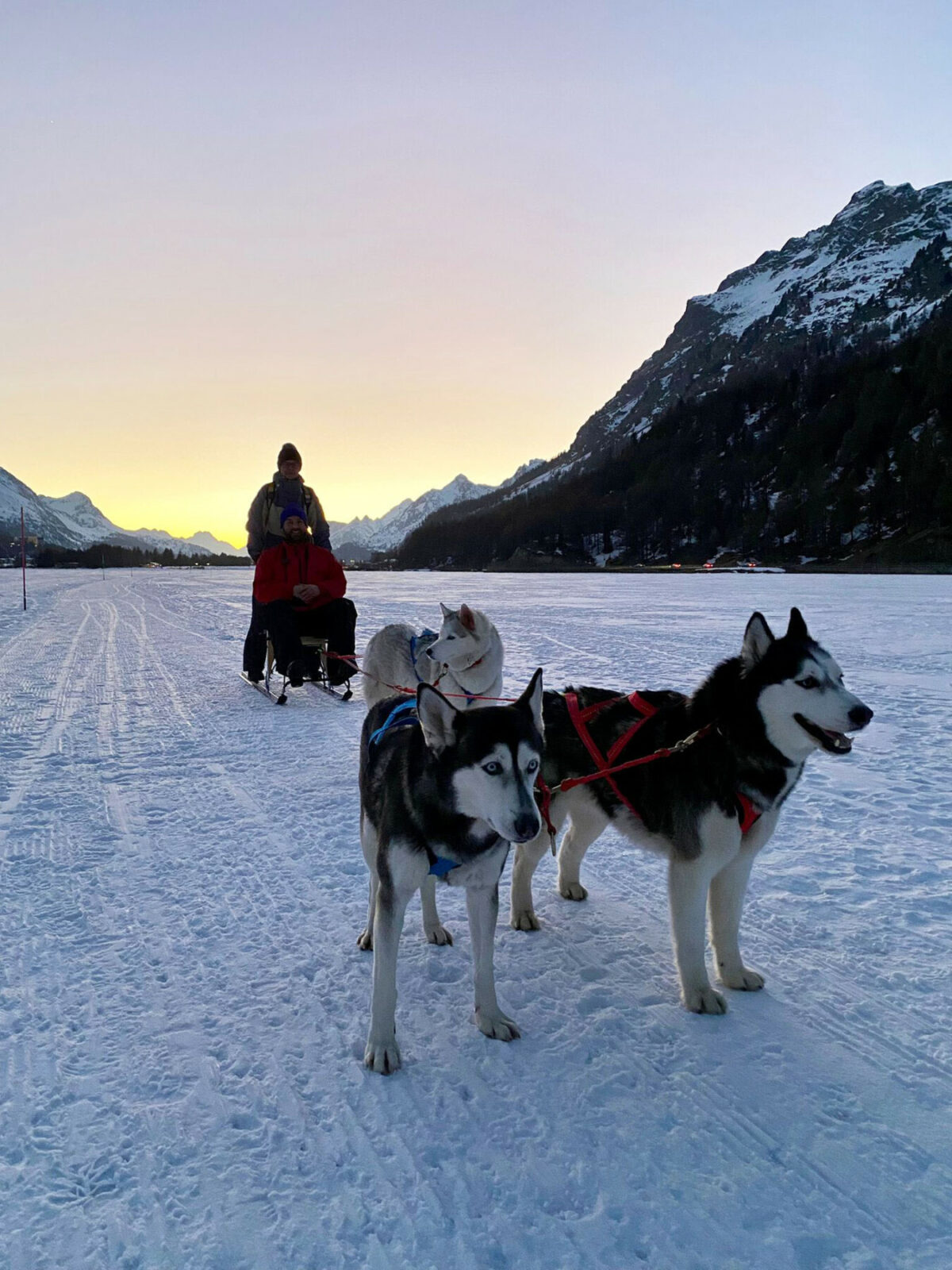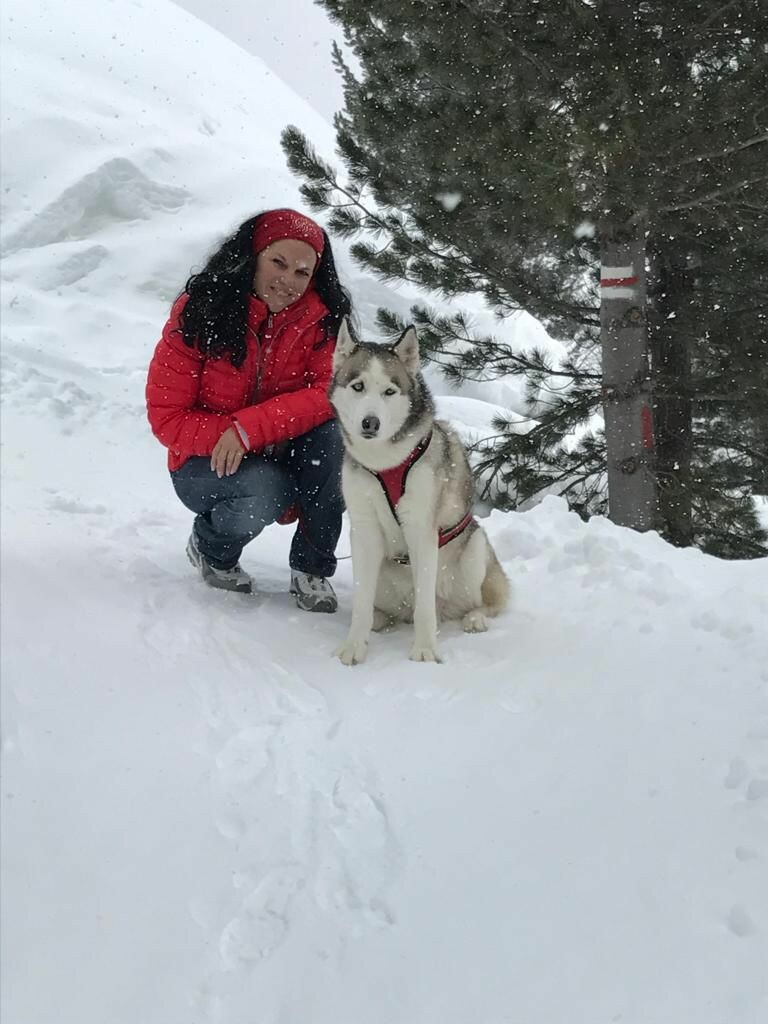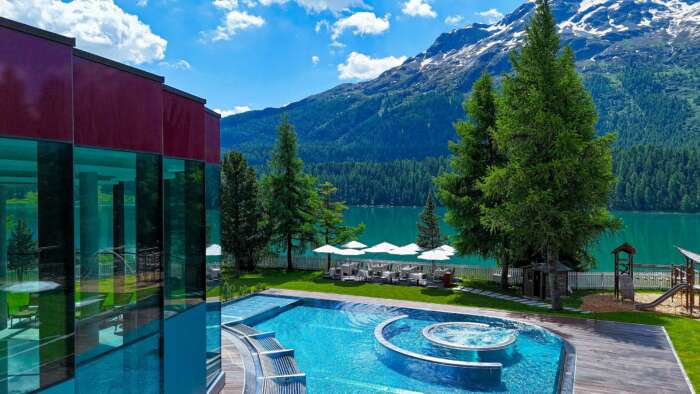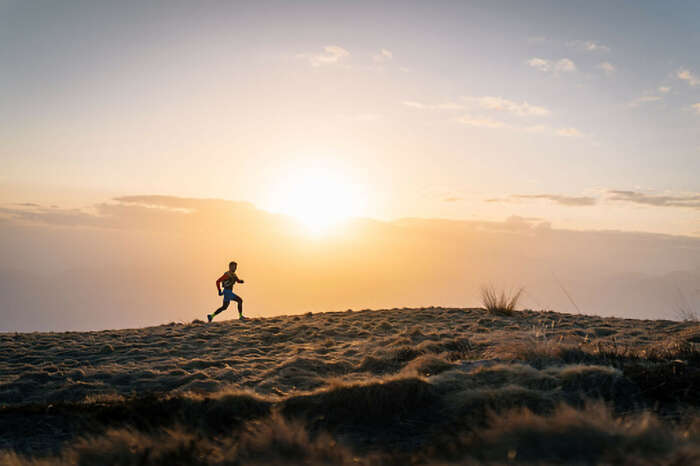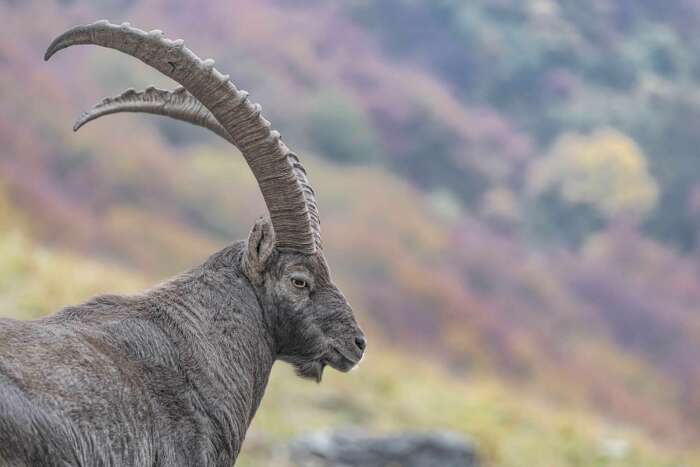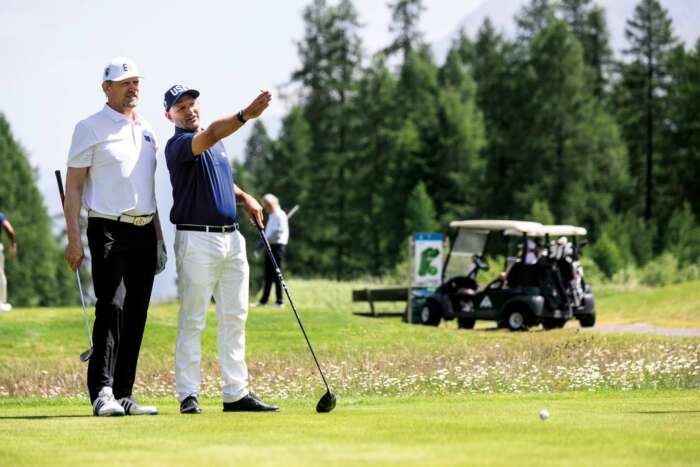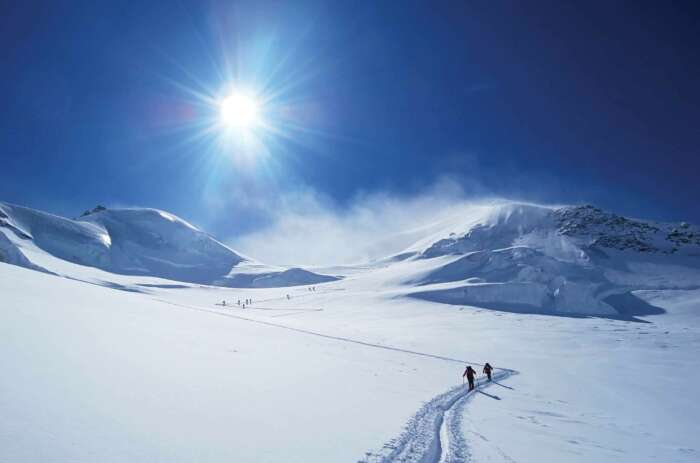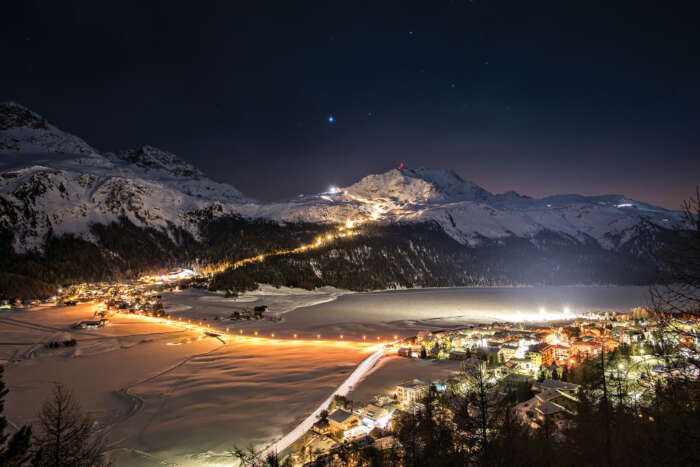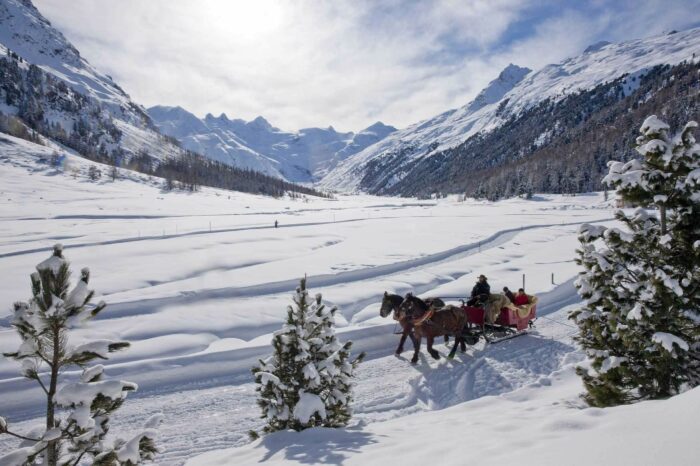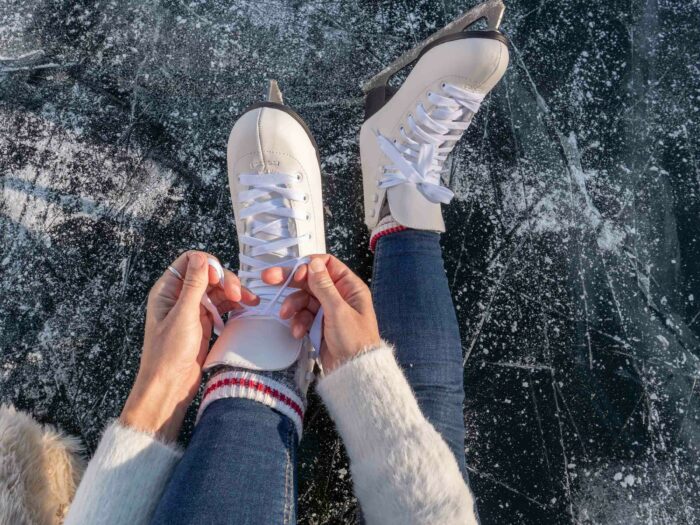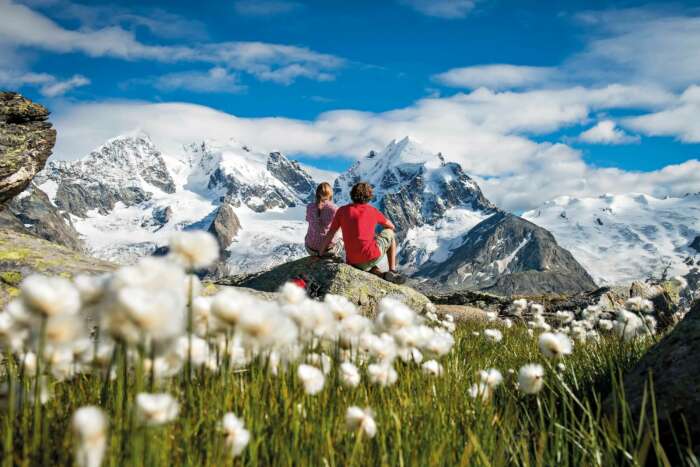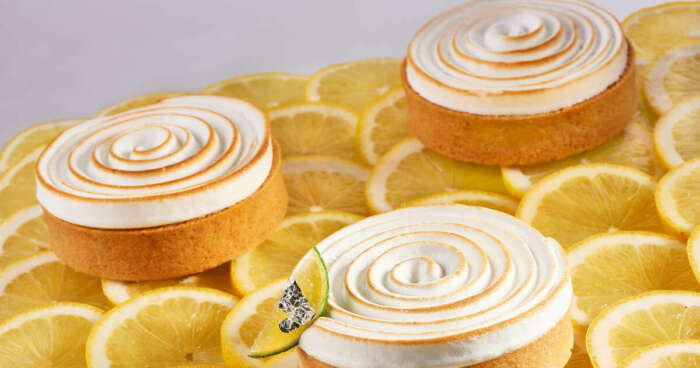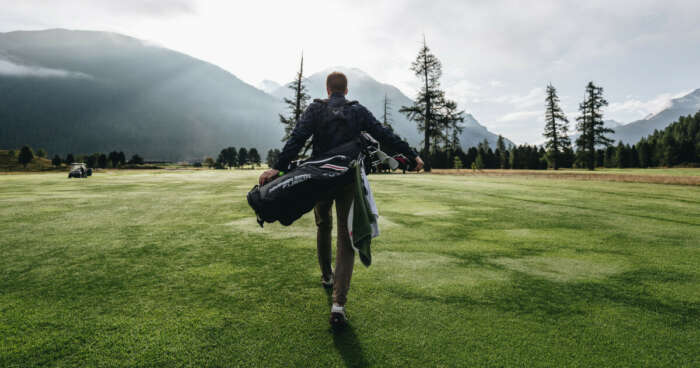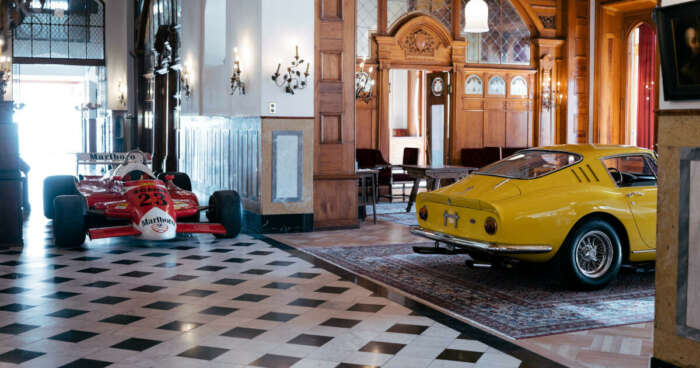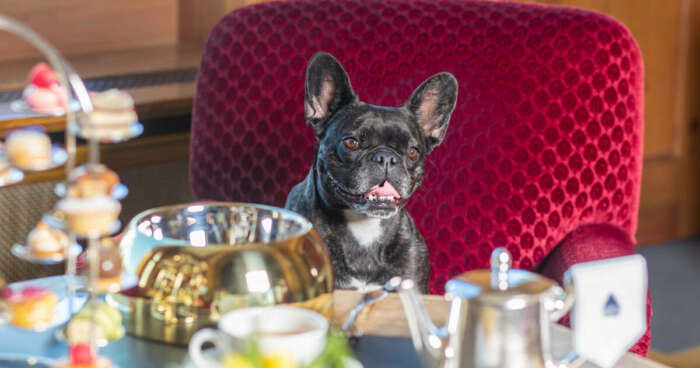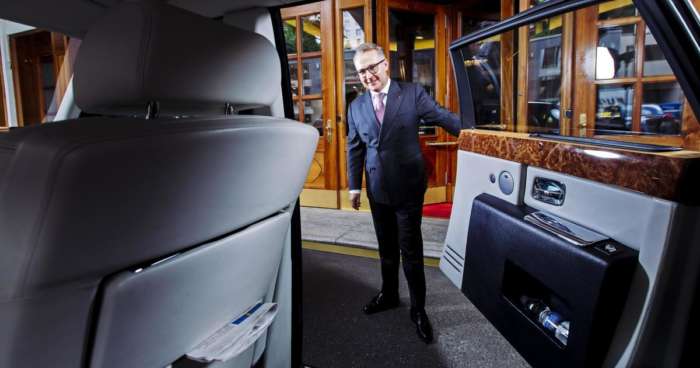If you are looking to try something different this winter, why not consider dog-sledding? Combining the thrill of skiing with the freedom of flying, it is also a fun way to explore the natural beauty of St. Moritz and the Engadin in winter.
Technically known as mushing, dog sledding has become a popular winter activity across the Alps. It is similar to a sleigh ride, but instead of horses, you are pulled by dogs – at least one, but sometimes as many as eight. The sleds look a bit like a chair on skis and are drawn by a type of husky, usually Samoyed, Alaskan Malamute, Siberian Husky or Chinook. And they can take you just about anywhere: along winter hiking trails, across frozen lakes and even cross country into hidden valleys.
Believed to have originated between 3,000 and 6,000 years ago in Alaska, Greenland, Scandinavia and Canada, as a means of transportation for essential supplies, dog sledding was later adopted by the military; dogs were cheaper than horses but at least as capable of carrying large loads in freezing temperatures. It soon developed into a sport, and the first dog-sled race was held in 1908 in Nome, Alaska. In 1990, the International Federation of Sleddog Sports (IFSS) held the inaugural On-Snow World Championships in St. Moritz, with an impressive 113 competitors.
An activity for all
“The dogs want to be in the snow and to pull the sled – they would do anything for you,” explains Karin Merki of Husky Engadin in Silvaplana, near St. Moritz. She works with a team of four Siberian huskies. “Before we set off, the dogs are noisy and excited, but when they are running, they are quiet. I sometimes do night tours, when there is a full moon over the frozen lake, and you can hear only the snow under your sledge and the breathing of the dogs. It’s amazing.”
No wonder dog sledding is good for body and soul. Studies have shown that the sport improves cardiovascular conditioning as well as activating the parasympathetic nervous system: sled dogs are working dogs, but they also like to play and receive affection. In fact, one of a sled dog’s most important traits is friendliness, says Merki.
The best part of dog sledding is that it is suitable for everybody, including very small children and people with disabilities. “I once took a six-month-old baby – he went on the sled with his mother,” says Merki, who adapts tours to suit clients’ needs and experience, as well as personal fitness and ease with dogs. “If someone has no experience, you do an easier tour. For sportier people, we can go into the mountains, even for half a day if the snow is good.” More experienced guests can drive the sled themselves; otherwise, Merki stands on the skis behind the seat to steer. With a few simple commands (“hike” to go and “easy” to stop), huskies are very responsive. They can run fast – up to 32 kilometres per hour (20 miles per hour) over shorter distances – but they run at a gentle pace for most of the tour.
Adventures to remember
Husky Engadin launched two years ago and is currently the only local provider of dog sled tours. Merki operates from the middle of December until the snow becomes too slushy in the spring, usually early April. It is important to wrap up warmly: ideally ski pants and a ski jacket, with layered sweaters underneath. Snow boots and gloves are essential, and sunglasses for morning tours.
Merki’s favourite routes include crossing the frozen lakes of Sils and Maloja touring from Sils to Furtschellas and Surlej; or venturing up the absurdly spectacular valley to Morteratsch Glacier, encircled by the Bernina Alps. She also offers hiking and snow-shoe tours with her huskies. She usually sleds early in the morning or evening because “it is so calm, mystical almost”.
Dog sledding might just be the most memorable experienceon your winter holiday. As Merki puts it: “It’s the feeling of freedom. You feel like you could fly. To be alone in absolutely stunning nature: it means peace, happiness and joy.”
